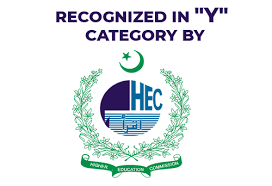Does Working Capital and Financial Structure Impact Profitability of Islamic and Conventional Banks Differently?
Abstract
 Abstract Views: 79
Abstract Views: 79
One of the essential factors for the financial growth of a country is a stable banking system. Over the past few years, Islamic banking industry of Pakistan has grown substantially. However, it faces many challenges regarding its financial stability. The present study attempts to examine the impact of working capital and financial structure on Pakistan banking sector profitability. The study used generalize least square (GLS) estimation analysis on 5 Islamic banks over the period 2006 to 2014 and 15 conventional banks from 2008 to 2014. Return on assets (ROA), return on equity (ROE) and net income (NI) are used as dependent variables. Working capital and proportion of funds provided by bank creditors are used as independent variables. Bank size, deposit ratio, gross domestic product (GDP) and inflation (CPI) are used as control variables to control heterogeneity and co-linearity among variables. Study found an increase in working capital results decrease in the profitability of Islamic and conventional banks. However, financial leverage has statistically significant positive impact on profitability of Islamic banks and vice versa for conventional banks.
Downloads
Authors retain copyright and grant the journal right of first publication with the work simultaneously licensed under a Creative Commons Attribution (CC-BY) 4.0 License that allows others to share the work with an acknowledgement of the work’s authorship and initial publication in this journal.












